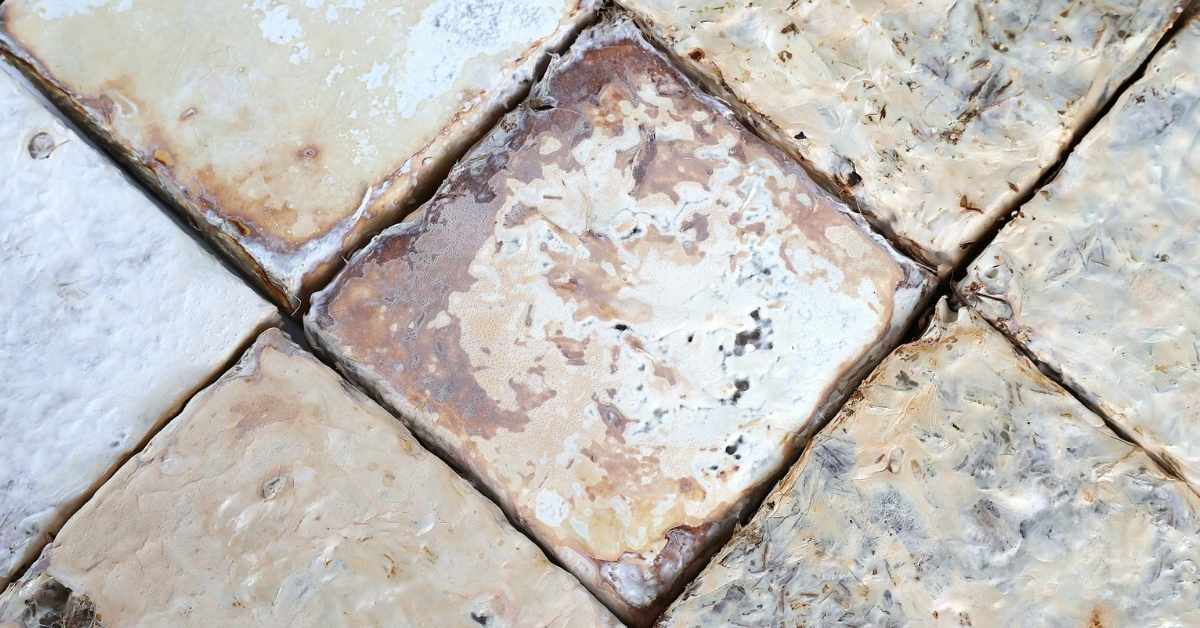Plant-filled rooftops, or green roofs, aren’t just pretty. They have been shown to reduce urban “heat island” effects, reduce energy costs in buildings, curb stormwater runoff, and provide safe havens for native species.
And now a group of researchers from Tongji University in China have uncovered an unexpected benefit: Green roofs are also effective when it comes to capturing microplastics.
Microplastics are small fragments of plastic that are often smaller than 5 millimeters in size. They are increasingly found in the environment — the soil, water, and air — and even in our own bodies.
With the acknowledgment that green roofs can filter contaminants and excess nutrients, the researchers set out to see if they can filter microplastics in urban environments, too.
“These nature-based solutions can offer unexpected co-benefits in mitigating airborne pollution in densely built environments,” researcher Shuiping Cheng told Anthropocene.
To conduct their study, Cheng and his colleagues set up a “blank” roof, a green roof module “without plants,” a green roof full of Rhodiola rosea (a perennial flowering plant), and a green roof teeming with Sedum lineare (a sun-loving succulent).
Both Rhodiola rosea and Sedum lineare are common rooftop plants in Shanghai, China, where the study took place.
After the roofs were readied, the researchers created their own “artificial” weather simulations using rainfall generators.

“Before starting the experiments, each green roof module underwent a 30-day stabilization period, during which they were watered every four to five days using tap water,” Cheng and his team wrote in their study, which was published in the journal Communication Earth & Environment.
“Subsequently, simulated rainfall events were introduced every three days. The study employed four types of rainfall events (light, moderate, heavy, and torrential) classified by intensity … with each event repeated three times and lasting one to two hours per feeding.”
In the end, the researchers found that the green roofs captured 97.5% of the microplastic particles that fell in a “light” rainfall generator. Surprisingly, they found that it was the soil, more so than the plants, that retained and filtered the microplastics.
“This study highlights the promising potential of green roofs in mitigating microplastic pollution in coastal urban areas,” the researchers concluded.
“Green roofs demonstrated an impressive average interception efficiency of more than 97.5% for trapping microplastics from atmospheric deposition.”
Currently, Shanghai has 3.56 million square meters of green roof space.
Although that number is microscopic compared to the amount of rooftops without plants in the city, the researchers estimated that even the present number of green roofs could capture 56.2 metric tons of microplastic particles annually.
Still, the Tongji University researchers approached their conclusion with caution.
“It is important to note that this estimation is based on controlled experimental conditions and does not universally represent the efficiency of all green roofs in Shanghai,” Cheng and his team pointed out in their study.
“In practice, green roof performance may vary due to differences in roof inclination, substrate composition, plant selection, and local climate conditions.”
Despite endless combinations of “temporal variations” and “seasonal weather patterns,” the study could have broader implications — not just for green roofs throughout Shanghai, but green roofs throughout the world.
“A key next step is to validate these results under real-world conditions on full-scale green roofs,” Cheng concluded. “We are actively exploring opportunities to carry out such long-term field studies to better understand microplastic retention and release dynamics over time.”
Header image via Free Range Stock (CC0 1.0) / Stock Cake (PDM 1.0)



